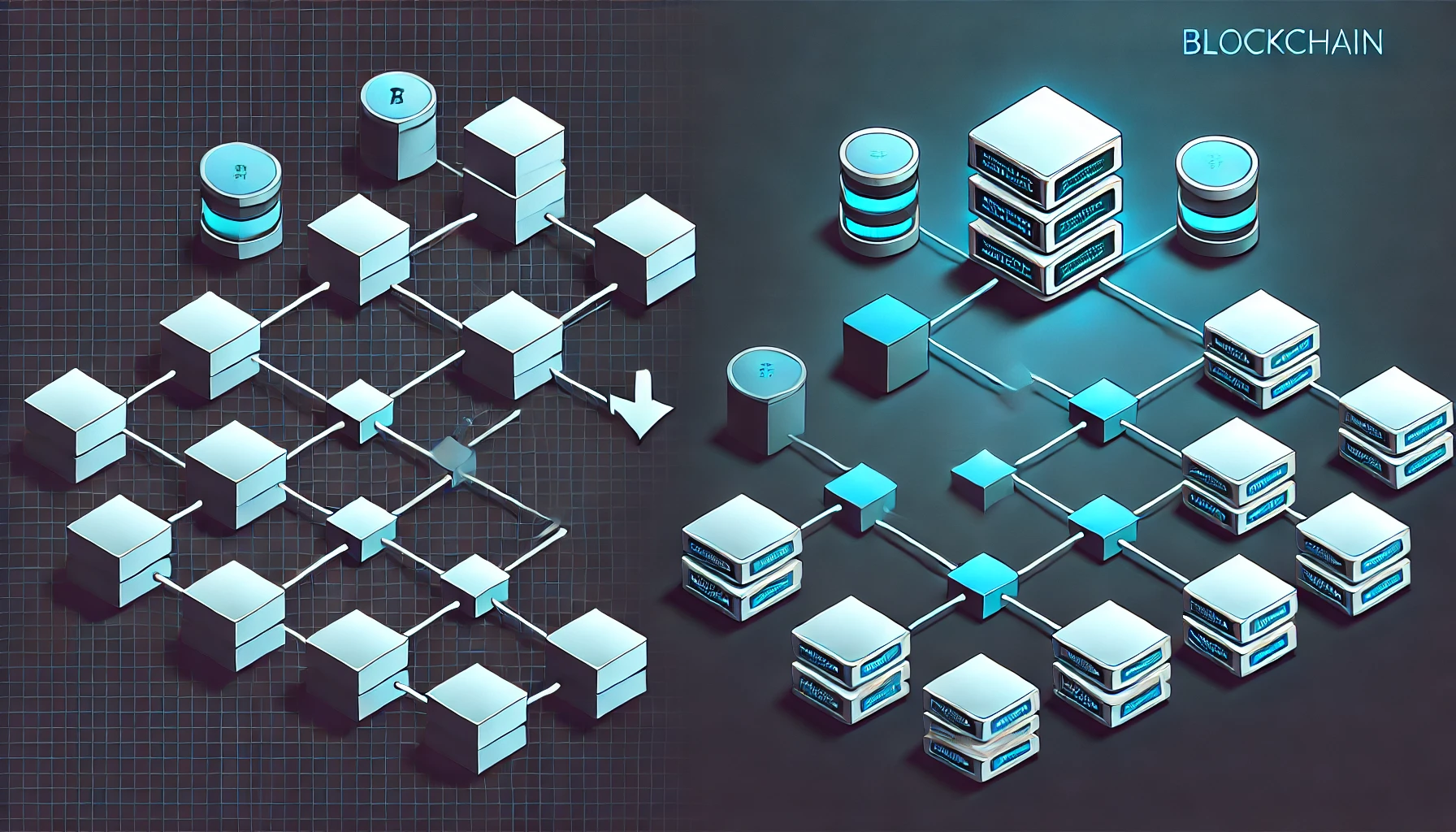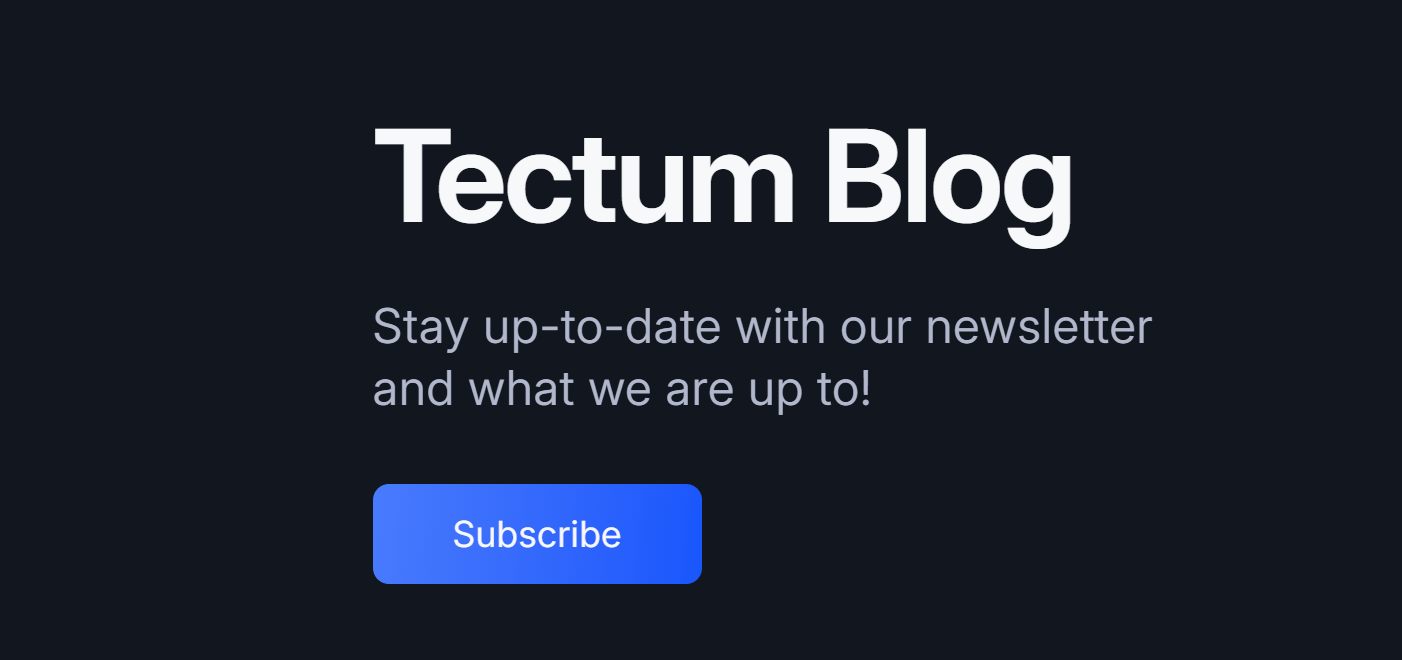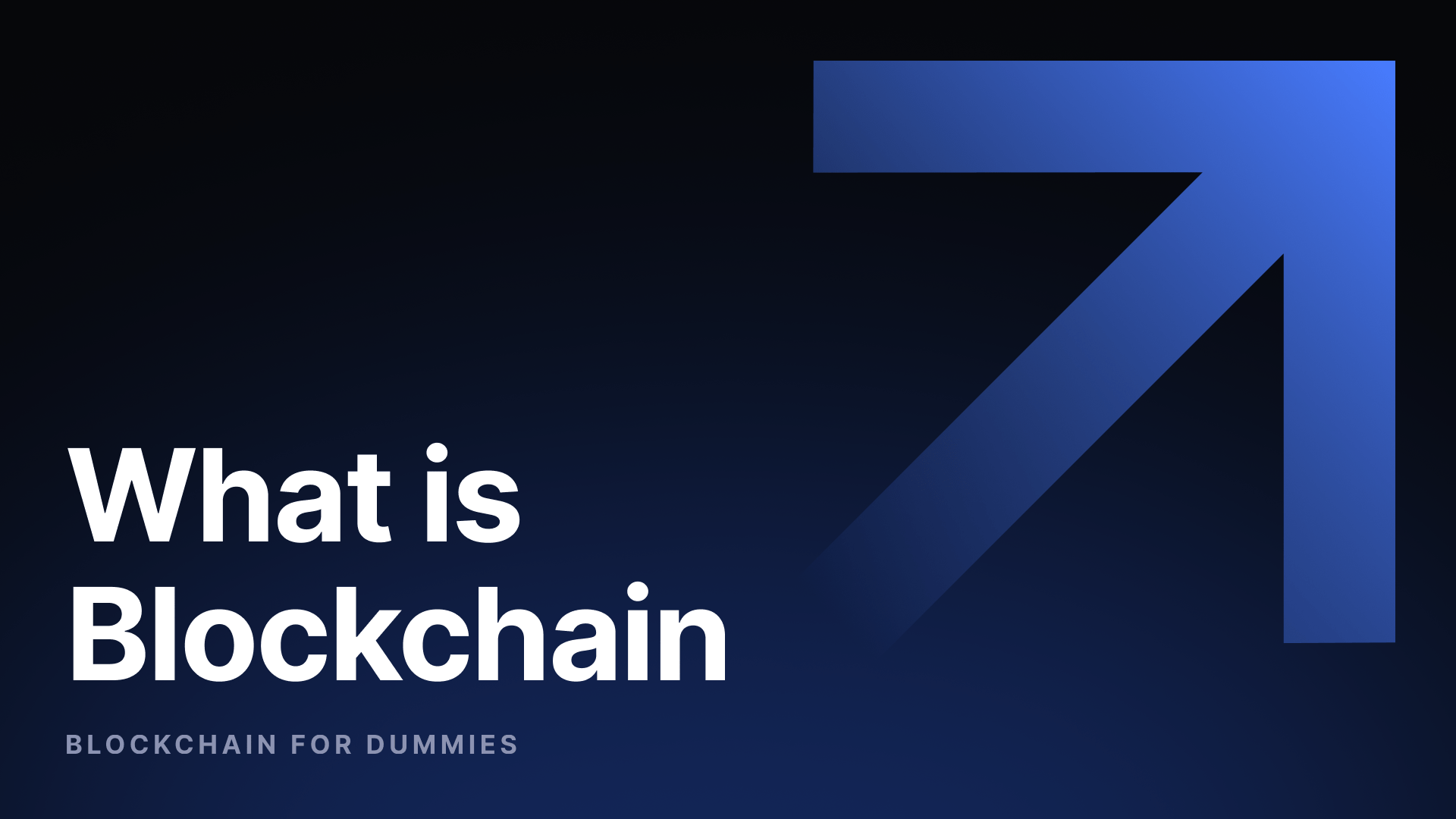Blockchain is enhancing various industries that affect our everyday lives, from finance and supply chain to data architecture, gaming, and digital security. Considering the potential and importance of this disruptive technology, understanding its infrastructure is relevant. Knowing how the decentralized web operates will empower people and enable them to make informed decisions when venturing into this sector.
Are you new to the blockchain industry? Do you hear terms that leave you confused and lost? Are you interested in developing in-depth knowledge of blockchain, cryptocurrencies, decentralized finance, GameFi (Game Finance), NFTs, and other web3 subsectors?
If your answer to one or more of the above questions is yes, join Tectum on the Blockchain for Dummies series. We are kickstarting this program by discussing blockchain – the infrastructure that supports this industry.
Blockchain for Dummies: What is Blockchain?

Let’s start with the basics. What exactly is blockchain, and why is it called a “decentralized ledger”? Instead of the usual fancy words, we’ll use loads of examples.
Do you remember the saying, “Do not put all your eggs in one basket?” Blockchain embodies this phrase to its fullest. The eggs in this case represent raw data. And, remember, data applies to everything, including transactions. When you send and receive money during transactions, you are exchanging data with the other person.
Back to the narration, how does putting your eggs in different baskets apply to blockchain? Traditional technologies store all their eggs in one basket and try to secure that one basket as much as possible. Think of it like using multiple baskets, or putting the basket into a very secure safe to protect it from thieves.
While this might seem like an effective solution, it has one flaw – all the eggs are in one basket. Anyone who can break into that vault automatically has access to all the eggs.
On the other hand, decentralized technology stores eggs in individual vaults that are scattered across different locations. This ensures that anyone who (if successful) breaks into the vault can only steal one egg. To steal all the eggs, such a person must identify the different vaults’ locations and figure out how to break into them.
Meanwhile, these different vaults are interconnected in a net-like structure. They are set up such that, anyone who wants to take an egg from one vault must get approval from all the other vaults.
In truth, blockchain technology is more complex than as explained above. Nonetheless, these are the basic principles. Considering that it is the first edition of this season, Tectum does not want to overwhelm users with too much information.
The Core Components of Blockchain Infrastructure
Before continuing, let’s outline some terms used so far and their representative meanings:
- Egg – data or information
- Vaults/baskets – storage devices or mediums
That said, let’s examine the core components of a blockchain infrastructure. Earlier on, we mentioned things like vaults, baskets, interconnection, permission, and so on. What are the structures enabling them to work together on a decentralized network?
To understand blockchain infrastructure, it’s important to break down its key components:
- Blocks: Blocks are the vaults/baskets where you store your eggs to secure them.
- Nodes: These are the “connectors” that notify the vaults that someone is removing or adding an egg to new or existing vaults.
- Consensus Mechanisms: This is the process that all eggs (new and existing) must follow before they are placed in vaults
For a clearer understanding, here is how the transaction will take effect on a blockchain network:
- A user initiates a transaction and data is created
- The transaction is grouped into a block depending on the blockchain network
- Nodes verify the transaction using a consensus mechanism
- If approved, the block is added to the blockchain
- The transaction is now forever visible and is part of the blockchain
How Does a Blockchain Infrastructure Work?

As mentioned earlier, this is “blockchain for dummies” and we are about simplifying everything. By this principle, let’s examine how nodes, blocks, and consensus mechanisms work within a blockchain.
Blocks are a good place to start since we are talking about “block-chain”. As mentioned earlier, blocks are the vaults where eggs are stored and transferred. On the other end, nodes are pathways for transferring the eggs stored in vaults or baskets.
Just like with food, bad eggs (viruses or fake data) can also be added to a basket or vault. Should this happen, it can ruin other eggs within the basket (corrupt the system or help the hacker steal data/funds). Considering this risk, there must be a vetting process to ensure that only the good and right eggs are added to the baskets.
This, ladies and gentlemen, is where the consensus mechanism comes into play. More so, the consensus mechanism is a guard that properly screens all the eggs and confirms that they are good and right for the vault.
Blockchain Consensus Mechanisms:
Just like with dogs having different breeds, there are various types of consensus mechanisms. Below are some blockchain consensus mechanisms:
- Proof of Work (PoW): The most popular consensus mechanism. Its nodes solve complex mathematical puzzles to validate transactions and create new blocks. Examples include Bitcoin and Ethereum (before The Merge).
- Proof of Stake (PoS): Validators are chosen based on the number of coins they stake as collateral. Examples include Ethereum (after The Merge) and Cardano.
- Delegated Proof of Stake (DPoS): In this case, token holders vote for a set of delegates who validate transactions and create blocks. EOS and TRON are good examples.
- Proof of Authority (PoA): Validators are pre-selected based on their on-chain identity or reputation. VeChain is a great example.
- Proof of Utility (PoU): Validators are rewarded based on their utility to the network, such as providing valuable services, solving real-world problems, or contributing to ecosystem growth. Tectum is a great example.
- Proof of History (PoH): Uses a verifiable delay function to create a historical record of events. Solana is a very good example.slice, and consensus is reached when sufficient nodes agree. Examples include Stellar and Ripple.
While these are the major blockchain consensus, this list does not cover everything. More mechanisms are emerging, and we do not intend to overwhelm you with too much information. As we progress with this series, we’ll cover more consensus mechanisms.
Blockchain for Dummies: Applications of Blockchain Technology
Blockchain infrastructure is not just for cryptocurrencies. Its applications extend to:
- Decentralized Finance (DeFi): Transforming traditional financial services by reducing the entry barrier and making it more inclusive. Therefore, people no longer need to meet crazy requirements before trading and investing in tokenized company stocks. You can buy, sell or swap tokenized stocks from the comfort of your home, anyday, anytime.
- GameFi (Game Finance): Integrating blockchain into gaming to properly reward players for their efforts. In this regard, players can now trade their in-game rewards on specialized platforms for real money. In addition, players will own skins, upgrade, etc. from the game, which can be stored in a wallet away from the game.
- Non-Fungible Tokens (NFTs): Revolutionizing ownership and transfer of digital assets. People can now tokenize real assets and trade them far more easily. Imagine being able to mint your land lease document on a smart contract, and send it to someone 10,000 miles away to sign. Even better, the signed digital document will contain all
- Supply Chain Management: Enhancing transparency and efficiency in the supply chain and enabling real-time data monitoring. This means companies like Walmart, Tesco, LIDL can track and monitor their good in transit and get real-time information to reduce fraud and maintain their quality.
Don’t worry if some of these terms sound somewhat confusing. Subsequent articles will simplify and cover these use cases in more detail
Why Tectum is Launching the Blockchain for Dummies Series
For those still wondering, our mission is to simplify blockchain concepts for beginners and help you build a strong foundation. Whether you’re a curious observer or an aspiring blockchain developer, this series is designed for you.
Although decentralized ledger technology has been around for years, blockchain remains a relatively new concept, and there is still some significant uncertainty about it.
It is often easy to create Fear, uncertainty, and Doubt (usually referred to as FUD) in the minds of crypto users who are not enlightened. The only way to stop FUDDERS is to empower community members with substantial and accurate information.
What’s Next in the Series?

Stay tuned for the next installment of Blockchain for Dummies, where we’ll dive deeper into blockchain infrastructure, explore smart contracts, and unravel the world of Web3 technologies.
Trust us, you do not want to miss out on loads of informational content Tectum will publish. Meanwhile, here is an idea on how to get the latest details: subscribe to our newsletter and get every new post directly in your email inbox.












